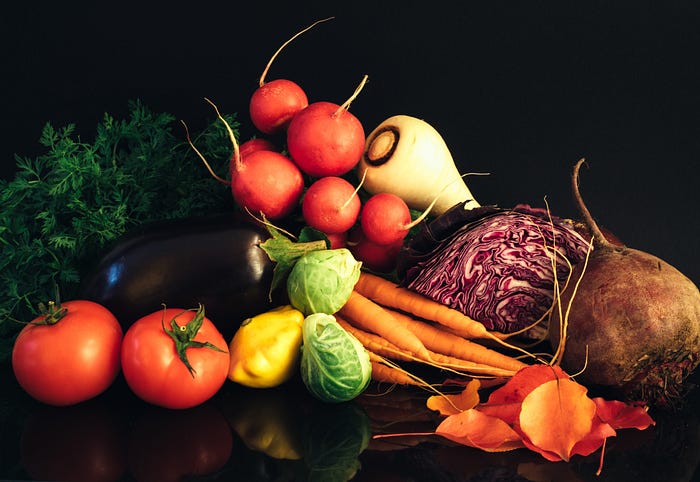Can We Customize Diets With Artificial Intelligence?

Artificial Intelligence (AI) algorithms work by processing large amounts of data to calculate the solution to any given problem that it can find within the data. Over the past few years, there have been studies involving dietary recommendations based on a person’s health.
Cardiologist Dr. Eric Topol Participated in one such experiment last year that tracked food intake, beverages, medications, sleep patterns, and exercise. He wore a sensor that monitored blood glucose levels, and it assessed his gut microbiome from stool samples. It amassed his data with similar data from over 1000 people, and it used AI to create a personal diet algorithm. The results were not what you would expect in terms of which foods are good for you and which to avoid; in other words, they didn’t match our knowledge of healthy eating. You can read more about Dr. Topol's study in this New York Times article.
As we are experimenting with AI dietary algorithms, the next phase is already gaining popularity. Known as nutrigenomics, the integration of science and nutrition looks at the data described above. It looks and specialized DNA tests that focus on lifestyle, genetics, and the environment — providing a holistic look at a person's day-to-day activities and habits.
What is so promising about dietary analysis is that people have been very accepting of diet fads based on one specific food type without considering the human factor. For example, no carbs, low fat, high fiber, etc. This also occurs with specific foods that bounce back and forth from the good to bad lists, such as eggs, coffee (caffeine), potatoes, yogurt, and even the cooking process of grilling food. These general dietary assumptions may not be right for all people, and they also often only work when followed in moderation. In other words, there is no magic bullet, particularly for weight loss or to manage chronic conditions such as diabetes.
The food industry will have an interesting relationship with AI dietary applications. It will be hard for them to argue against science when AI research challenges their weight control or diabetes management food claims. A more positive aspect of AI’s impact on the food industry is experimenting with ingredients or flavors to develop new products. Google and IBM have both been involved in such experiments. They worked together to create an algorithm that provides intelligent insights into flavor-related experiments.
AI-based nutrition will prove that there is no universal diet. What works for one person may not work for another. Although the new AI-based diet recommendations have not been commercialized yet, studies exist. They will someday tell us what we should eat to maintain our best individual metabolic response. Until then, research is learning about glucose levels, triglyceride levels, other lab results that can help individuals prevent heart disease or, as we previously mentioned, diabetes.
Imagine a phone app that provides a message ‘CAUTION — High-fat content: Risk of Weight Gain!”
Yes, it exists today. Many apps analyze your food intake. FoodVisor is the example used to generate this message. It takes a photo of your meal, and AI parses it for ingredients; in this case, the culprit was a piece of sausage with breakfast.
Modern Diets, such as Noon, Habit, Beyonce’s 22 Days, are working with nutrigenomics by using machine learning to develop personalized weight-loss and nutrition solutions. Let’s see how successful they are in the future. For now, if there is one thing AI nutrition research has already determined, it is the certainty that there is no “one size fits all” diet.